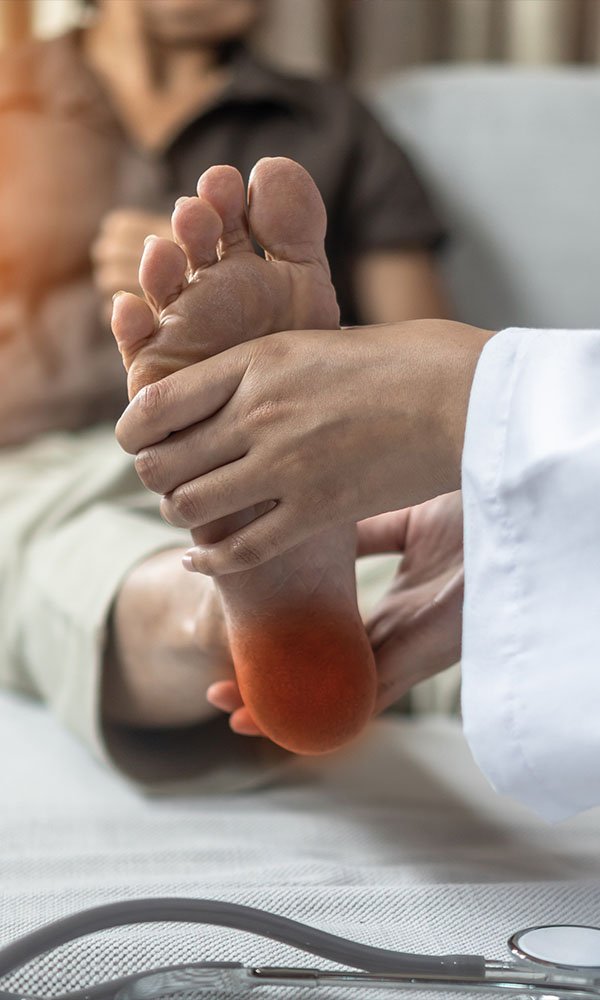Running is an inexpensive and accessible exercise everyone can do to improve their health. In fact, some studies have found that running just five to 10 minutes every day at a moderate pace can reduce the risk of dying from a heart attack, stroke or other cardiovascular diseases. Additionally, running can help strengthen bones, build muscle and improve overall mood.
Many new runners, however, will quickly experience foot pain from running. And while foot injuries from running are common, the underlining causes vary from runner to runner.
If you have foot pain, are you wondering if you should still be running?
Anytime the foot responds in pain, it is a clue to take stock of what is going on. We would suggest taking a break from running until you get a clear picture of what is truly causing your pain. The first course of treatment is typically rest. Icing, anti-inflammatory medicines, shoe modification, orthotics, and exercises are other treatment options we may implement as well.
It is not always easy to slow down, especially if you are in the middle of training for a race, but it is better to be safe than sorry.
Your foot health needs to take TOP PRIORITY, and with our help, you will be back in your running shoes in no time.





